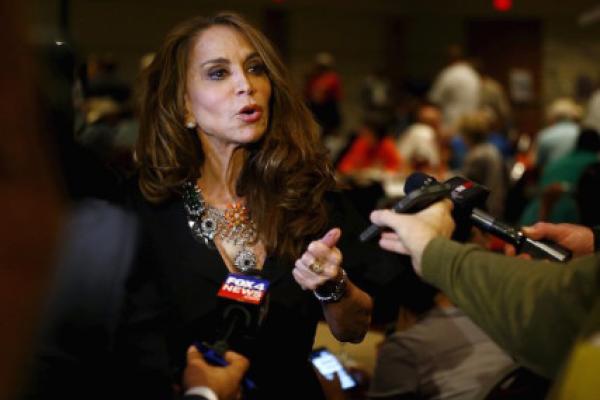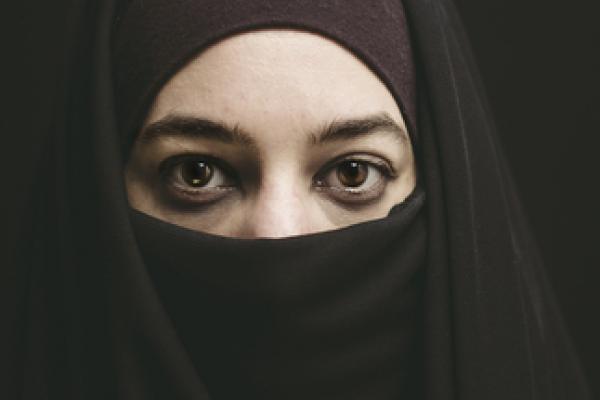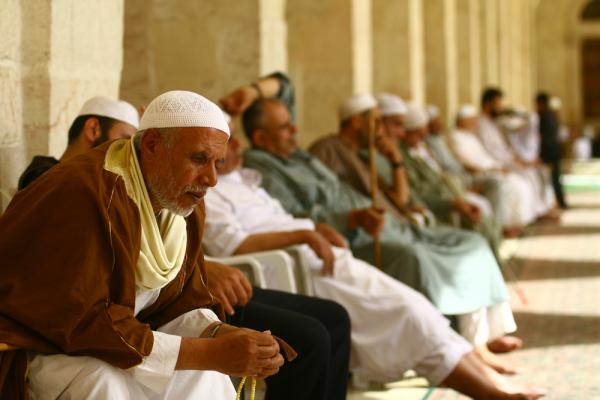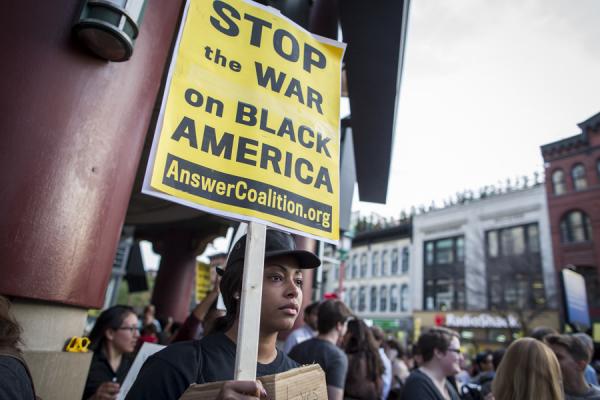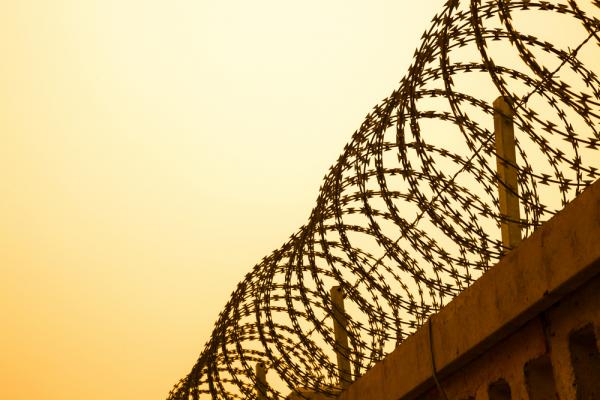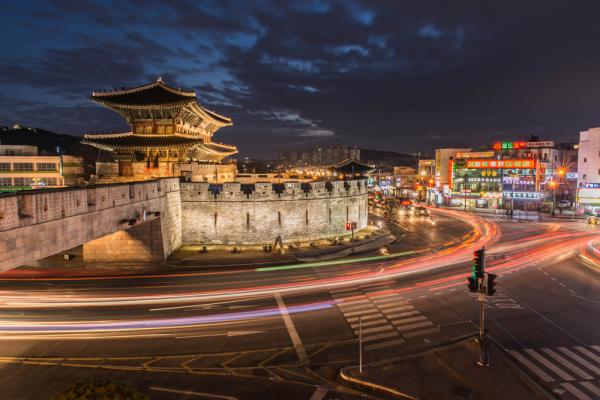Nothing serves the interests of political parties more than interest groups that use religious rhetoric to promote secular ideologies and add, “Thus saith the Lord.” And Washington is full of them.
American Catholics see how partisan polarization has strained their church and their consciences. Yet unlike religious ideologues of the right and left, they are uneasy with this new development. Neither party offers a platform that stands in solidarity with unborn children, the poor and hungry, undocumented immigrant families, the environment, and people without access to medical care.
“So, tell me about eternity …”
“Eternity?!?” I thought to myself. “I’m just beginning to learn about the present! Eternity is mystery.”
As a pastor, I’ve been trained to not answer those kinds of questions. It’s best to invite others to explore and answer their own questions, as opposed to giving our answers. But for some reason that felt inauthentic in the moment. Sometimes providing answers is the most compassionate thing we can do. But, in the face of eternity, who has answers?
While I can make things happen, contribute to long-term movement, and rally folks around a vision, I can also overwork, form my identity around the things I do rather than who I am and, in the end, miss out on the sacredness of being present in the beautiful mundane of everyday.
This is an important realization (and a hard one!) and I’m having to do a little extra evaluation of it in my current season of life with nearly four kids, a non-profit, and a household that requires the attention of a Fortune 500 CEO.
I was recently on a walk to the park with my girls Ruby (4) and Rosie (2). While I was distractedly responding to an email on my “smart” phone, I looked over and noticed that Rosie had fallen behind and was bent over staring at the ground. As I circled back around to speed her up, I noticed that she was looking at a crack in the sidewalk admiring the little twig that was sprouting between the concrete slabs.
For her, she wasn’t at all concerned about arriving at a destination, but about being fully present along the way. In this tiny twig, Rosie found beauty and she wasn’t about to miss it.
Pamela Geller is good at getting attention.
She’s a celebrity blogger and fiery activist who founded the American Freedom Defense Initiative, which describes itself as a human rights organization that defends freedom of speech by speaking out against global jihad and Islamic supremacists. She runs a sister organization called Stop Islamization of America.
The groups are known for controversial activism against Islam.
Although Congo-Brazzaville has not witnessed violence like neighboring Cameroon, it is now the first country in the region to ban the veils.
In Cameroon, Nigeria’s Boko Haram insurgency has carried out deadly attacks in villages and towns. Female suicide bombers in veils have committed some of Boko Haram’s attacks.
“Muslim women can now only wear the full veil at home and in places of worship, but not in public places,” El Hadj Abdoulaye Djibril Bopaka, the head of Islamic Supreme Council of Congo-Brazzaville told Agence France-Presse.
On May 3 in Garland, Texas, two gunmen opened fire at a “draw the Prophet Muhammad” contest sponsored by the American Freedom Defense Initiative, listed as an extremist group by the Southern Poverty Law Center. Police shot and killed the two gunmen. A security guard was injured. Most Muslims consider images of the prophet highly offensive, as Islam prohibits them. The attack comes almost four months to the day that four cartoonists at the French weekly Charlie Hebdo were killed by extremists offended at the magazine’s satirical depictions of the prophet.
Why do images of the founder of Islam — even cartoons drawn by amateurs — incite so much anger in some people that they are motivated to violence?
Everything must change.
Injustices around the world and here at home are coming to light despite a long, willful blindness. Half a world away, the long-muted voices of the victims of American military policy were allowed to break through the wall of propaganda and infotainment used to keep them hushed. A recent New York Times report reveals one of the worst-kept (actually un-kept, but vastly underreported) secrets of our government: that we often do not know who we are killing with drones.
And at home, in Baltimore, the death of Freddie Gray in police custody has caused long-simmering tensions – born of institutionalized segregation, nearly inescapable poverty, and a scourge of police brutality – to erupt in an uprising of passionate resistance, with destruction punctuating otherwise peaceful marches. Media coverage has given far more attention to the “riots” than to the systemic violence that has kept so many African Americans, not only in Baltimore but throughout the country, living in poverty and insecurity.
Baltimore, like Ferguson, is a parable — a story that can teach us important lessons. It's one in which we should see that we are, for the most part, still missing the most important lessons.
Decades of bad behavior on the part of Baltimore's police force in relation to the black community were brought to light, as in other circumstances of young black men dying at the hands of police. But the parable of Baltimore needs to go deeper.
Borders have been crossed, eyes have been opened, and deeper relationships have been formed. All has been made possible — in the most surprising ways — by the active presence of the Spirit. The crossing of relational borders and the forging of new relationships continues to be enabled by the movement of the Spirit.
The only task of the people is to be open enough to perceive and respond to its prompting.
Like most Asian nations, Korea experienced the influx of Western missionaries in the late 19th and 20th centuries. In Korea they are revered today by Christians. But in asking why the church grew here in ways unique on the Asia continent, it’s fair to say that the witness of faith which stood against oppression, and in solidarity with the poor and marginalized, accounted at least in part for this difference.
Today, however, the churches in Korea face the difficulties of being part of the society’s economic prosperity and success. The stories of congregations like Myungsong and Yoido are utterly remarkable and inspiring. Yet as a whole, Christianity in this society is no longer growing as before. Korean Christian friends tell me that it has “plateaued.” And a major worry, echoing that of the church in the U.S., is the growing disaffiliation of young people.


